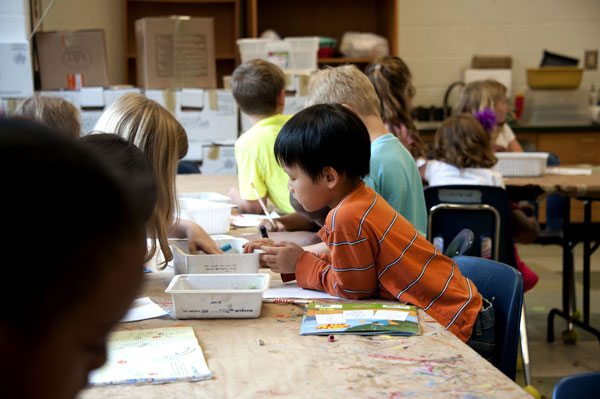
October 10, 2017; News & Observer, Shelterforce, and the Star Tribune
Over almost 30 years, public education systems have sought to improve the quality of education by increasing the importance of individual parental choice. Charter schools, open enrollment systems, school tuition vouchers, and tax credits have taken a larger place in public education, shifting power from school boards and community institutions to individual parents. We are now far enough along down this path to consider whether we have gone too far and are losing a valuable “public” component of our schools.
The state of Minnesota was at the forefront of the effort to use the power of choice to move their schools forward. It was one of the first states to introduce publicly funded charter schools, and since 1988, open enrollment has allowed Minnesota parents to choose their children’s schools.
Joe Nathan, director of the Center for School Change, recently captured the thinking behind these efforts for the Star Tribune: “No one can fault parents for seizing options to do what’s best for their children. It’s about the students. People of all races deserve options.”
Prioritizing parental choice, however, has had a negative impact from a communal perspective. According to the Star Tribune:
Because state education funding follows the pupil, the student exodus from their home district to other cities and charter schools is magnifying budget pressures in districts that lose more students than they gain. It’s also transforming the racial diversity of schools across the Twin Cities…The result: chronic budget shortfalls that are forcing many districts to cut more programs and confront questions about the viability of some neighborhood schools.
By design, the more the balance is shifted toward parental choice, the more schools must compete for scarce resources by attracting and retaining students. Scott Croonquist, executive director of the Association of Metropolitan School Districts told the Star Tribune that districts will “try to do everything they can to retain resident students.” He then asked the key question, “Do the choice options lead to segregated schools and inadequate and inequitable educational opportunities for students?”
For proponents of choice, individual outcomes are what counts. North Carolina State Representative Steve Wood recently told the News & Observer that he’s “not sure there’s anyone who’s ever been born who has the perfect formula for how many white kids, how many black kids, how many [Latinx] kids, how many [undocumented] kids, et cetera, et cetera, et cetera, have to be in the classroom” to get the best education.
Sign up for our free newsletters
Subscribe to NPQ's newsletters to have our top stories delivered directly to your inbox.
By signing up, you agree to our privacy policy and terms of use, and to receive messages from NPQ and our partners.
Shelterforce, in an article looking at the interest community development loan funds have shown for charter schools, captured the lack of good data supporting claims that maximizing choice improves student outcomes.
While school performance continues to spark ongoing debate, research based on multiple states documents that charter schools as a whole educate fewer students with special needs, particularly more severe needs; fewer English Language Learners; and fewer very-low income students than the charters’ sending school districts. As a result, these more challenging and expensive-to-educate students become concentrated in the district schools, even as charter school expansion diminishes the financial resources that districts require to pay for those students’ education.
Despite the many evident negative outcomes of our 30-year experiment with school choice and making education less public and more personal, the impetus to continue has gotten stronger, not weaker. Some supporters argue that 30 years is just not long enough to complete the necessary transformation. The problems we see today, according to these advocates, are just transitional moments that will get ironed out when the work has been completed. In the end, we are assured, all children will be better off. To believe this is to believe that schools and education are unaffected by other societal issues like race and class.
At best, ignoring larger, more difficult social issues makes the challenge of improving education seem more manageable and, in today’s environment, more politically correct. As Shelterforce noted,
CDLFs…may see charter schools as a more manageable way to “solve” the problems faced by high-poverty public schools than trying to change the policies that drive our country’s growing economic inequality and segregation. CDLFs have generally been reluctant to wade into policy advocacy that falls outside the acquisition of additional resources to support their work—an understandable position for organizations that rely primarily on governments and financial institutions for their operating subsidies.
At worst, “choice” has become a surrogate for racism and classism.
Either way, how much longer can we afford the costs many children and communities are already paying?—Martin Levine












